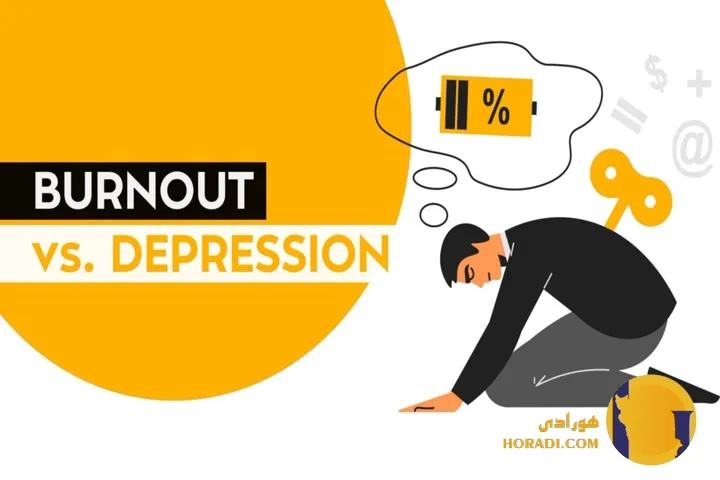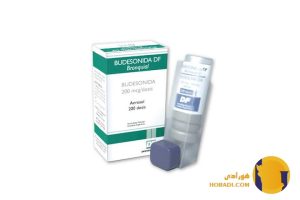
Depression vs Burnout Know the Difference
In today’s fast-paced world, where professional and personal responsibilities constantly overlap, it can be difficult to tell whether you’re experiencing depression or simply burnout. Both conditions share similar symptoms such as exhaustion, lack of motivation, and emotional detachment. Yet, they are distinct in their causes, treatment approaches, and long-term consequences.Depression vs Burnout Know the Difference
Confusing the two can delay proper care. Burnout is often tied to chronic workplace stress and can be resolved through lifestyle changes and rest. Depression, on the other hand, is a clinical mental health disorder that requires a more comprehensive approach, often including therapy or medication.
This article breaks down the key differences between depression and burnout, their overlapping signs, and how to know when to seek professional help.
What Is Burnout?
Burnout is a state of emotional, physical, and mental exhaustion caused by prolonged stress, most often in a work or academic setting. The term was popularized by psychologist Herbert Freudenberger in the 1970s to describe workers who felt drained, demotivated, and unable to meet demands.
Common Causes of Burnout
- Excessive workload and long hours
- Lack of control over tasks or environment
- Poor work–life balance
- Lack of recognition or reward
- Toxic workplace culture
- Chronic caregiving responsibilities
Key Features of Burnout
- Directly related to external stressors (usually job-related)
- Symptoms improve when stressors are reduced (vacation, workload changes)
- Usually not a lifelong condition
What Is Depression?
Depression, or Major Depressive Disorder (MDD), is a mental health condition recognized by the DSM-5 (Diagnostic and Statistical Manual of Mental Disorders). Unlike burnout, depression is not tied solely to external factors such as work — it is a complex condition influenced by genetics, brain chemistry, and life experiences.
Common Causes of Depression
- Family history of mental illness
- Imbalances in brain neurotransmitters (like serotonin, dopamine, norepinephrine)
- Traumatic or stressful life events
- Chronic illness or pain
- Substance abuse
- Hormonal changes
Key Features of Depression
- Not limited to the workplace or specific stressors
- Persists even when external stress is removed
- Affects multiple areas of life — work, relationships, physical health
- Requires medical or psychological treatment
Overlapping Symptoms
Because burnout and depression share many symptoms, people often confuse one for the other. Common overlaps include
- Persistent fatigue and low energy
- Lack of motivation
- Difficulty concentrating
- Emotional numbness or detachment
- Irritability
- Sleep disturbances (insomnia or oversleeping)
At surface level, both can feel the same. But the underlying causes and severity differ, making correct identification critical.
Key Differences Between Depression and Burnout
1. Source of the Problem
- Burnout Caused by chronic external stress, usually tied to work, studies, or caregiving.
- Depression Can emerge without external stressors and is often rooted in biological and psychological factors.
2. Scope of Impact
- Burnout Effects are mostly job-related. People may still enjoy hobbies, family time, or social activities once removed from work stress.
- Depression Pervasive. Loss of interest affects nearly all aspects of life — social, personal, and professional.
3. Mood and Emotional Patterns
- Burnout Characterized by frustration, cynicism, and lack of motivation toward work.
- Depression Characterized by persistent sadness, hopelessness, feelings of worthlessness, or guilt.
4. Physical Symptoms
- Burnout Headaches, muscle tension, insomnia due to overwork, digestive issues.
- Depression Appetite changes (weight gain or loss), sleep disturbances, fatigue not relieved by rest.
5. Response to Rest
- Burnout Symptoms often improve after rest, vacation, or reducing workload.
- Depression Symptoms persist despite rest or time off.
6. Treatment Approach
- Burnout Lifestyle changes, stress management, improved boundaries, workplace adjustments.
- Depression Psychotherapy, medication (antidepressants), and long-term support.
Signs You May Be Experiencing Burnout
- Feeling drained after work every day
- Lack of enthusiasm for projects or goals
- Increased irritability toward coworkers or clients
- Procrastination or declining performance
- Feeling underappreciated or undervalued
- Relief when leaving work but exhaustion returns when thinking about it
Signs You May Be Experiencing Depression
- Persistent sadness or emptiness lasting more than 2 weeks
- Loss of interest in once-enjoyable activities
- Significant changes in appetite or weight
- Sleep problems (too much or too little)
- Difficulty concentrating on daily tasks
- Feelings of hopelessness, guilt, or worthlessness
- Suicidal thoughts or behaviors (requires immediate help)
Why Distinguishing Between Them Matters
Mislabeling depression as burnout can delay proper treatment. For example
- If someone with clinical depression takes a vacation thinking it’s just burnout, they may not improve.
- If someone with burnout receives only antidepressants but no workplace changes, symptoms will likely persist.
Correct diagnosis allows for the right treatment plan, whether that’s therapy, medication, or lifestyle adjustments.
Can Burnout Lead to Depression?
Yes — research suggests that untreated burnout can increase the risk of developing depression. Chronic stress disrupts brain chemistry, weakens resilience, and fosters feelings of hopelessness. That’s why early intervention for burnout is so important.
Treatment and Coping Strategies
For Burnout
- Set clear boundaries Limit overtime, take regular breaks.
- Reevaluate priorities Shift focus toward work–life balance.
- Seek workplace support Communicate with supervisors or HR.
- Practice self-care Exercise, healthy diet, adequate sleep.
- Stress-relief practices Yoga, mindfulness, meditation.
For Depression
- Professional help Therapy (CBT, psychodynamic, etc.) and possible medication.
- Routine and structure Creating daily consistency helps stabilize mood.
- Support systems Family, friends, or support groups.
- Physical health Regular exercise and balanced nutrition.
- Mindfulness practices Meditation and journaling to manage negative thoughts.
When to Seek Professional Help
You should talk to a therapist or doctor if
- Symptoms persist for more than 2 weeks.
- Daily functioning at work, school, or home is impaired.
- Feelings of hopelessness or suicidal thoughts emerge.
- Lifestyle adjustments fail to bring improvement.
Remember Burnout may resolve with rest, but depression rarely does without treatment.
Conclusion
Burnout and depression can feel strikingly similar, but they are not the same condition. Burnout arises from prolonged stress, usually in the workplace, while depression is a clinical disorder that affects all areas of life.
Recognizing the difference is crucial. Burnout often improves with boundaries, rest, and lifestyle changes, while depression requires medical and psychological care. If you’re unsure which one you’re experiencing, seeking professional evaluation is the best step.
Taking mental health seriously is not a weakness — it’s a sign of strength. Whether you’re struggling with burnout, depression, or both, reaching out for support can make all the difference.









































